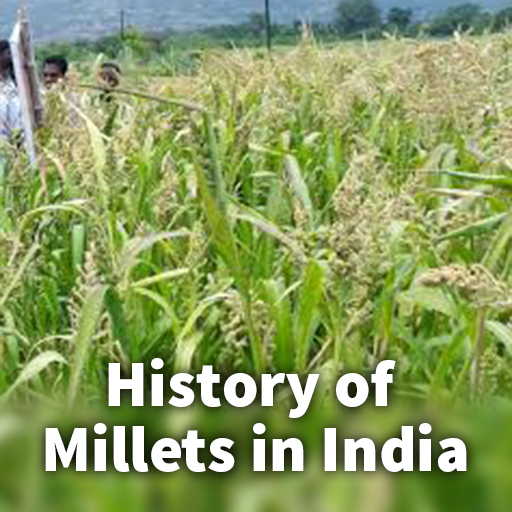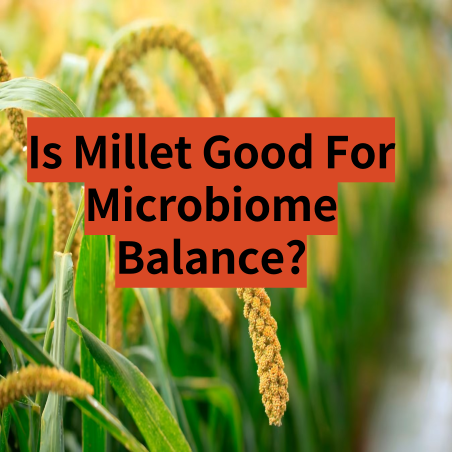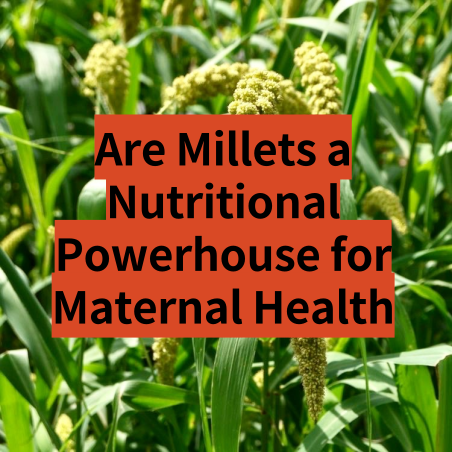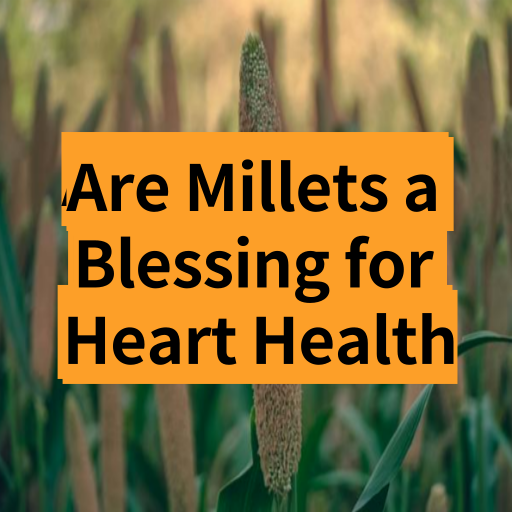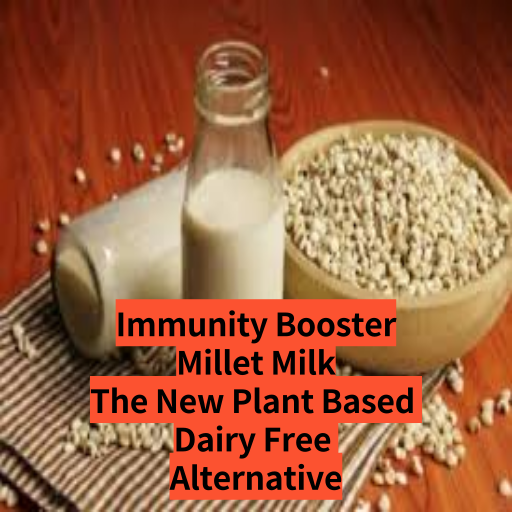Without giving millets their true importance, food history, particularly in the Indian context, is incomplete. As I learn more about those who live more slowly and healthily, I’m saddened to see that many great customs have been abandoned. Reclaiming some of these ideals will help us build a better future. Millets provide an appealing case study in this regard.
Millet and its historical context
Millets are a category of extremely varied, small-seeded grasses commonly cultivated as cereals or grains for human use and as fodder across the globe. In the Middle Jeulmun Pottery Period, millet was already cultivated on the Korean Peninsula (around 3,500–2,000 BC). Foxtail millet (priyangava), Barnyard millet (aanava), and black finger millet (shyaamaka) have all been identified in some of the earliest Yajurveda texts, showing that millet eating was widespread in India well before the Indian Bronze Age (4,500BC).
The Indian Scenario
Only in the last half-century has rice replaced millet as India’s primary crop. Rural dwellers embraced millet production after realizing that urbanites had begun to dismiss it as a food source of inferior quality. Consumers in the city deemed them “coarse grains” and associated them with their forebears’ rural diets. People in the modern era favored utilizing refined grains like rice and wheat over millet.
The introduction of modern manufacturing techniques and the spread of Western culture have profoundly affected people’s way of life in India and elsewhere throughout the globe. People’s eating habits have changed dramatically, and they now rely more on packaged foodstuff. As a result of these shifts and government policies that favored rice and wheat, millet output and consumption dropped. Before the Green Revolution, millet accounted for almost 40% of India’s total grain production. The Green Revolution, however, resulted in a tripling of wheat output and a doubling of rice production.
People have begun utilizing millet instead of rice and wheat after discovering that refined grains and processed diets are nutritionally deficient and cause contemporary lifestyle disorders. Millets are becoming more popular due to their nutritious qualities.
What happened?
India and other developing countries adopting the western development model have missed out on many valuable assets. One of the most notable shifts is in how people eat. We are abandoning our traditional cuisine in favor of standardization. Millets are also considered too rudimentary to utilize.
These shifts, combined with governmental policies prioritizing rice and wheat, have caused a dramatic drop in millet consumption and production.
The government’s rationale
Because they don’t provide a profit for agrochemical firms, huge food businesses, etc., the idea goes government policies that work against millets are biased. Millets grow extremely well in diversified, small-scale, low-input farming systems and are fantastic for small farmers. Because of the large returns on investment in technology, hybrid seeds, fertilizers, herbicides, etc., the development of rice and wheat was a wiser economic move.
Many people at the time felt that chemical agriculture would enhance yields and food security in the long term, so they shouldn’t be held entirely responsible for the current state of food policy and government planning. Despite India’s status as the world’s largest producer of millets, a decline in the percentage of millets in overall grain output (from 40% to 20%) has negatively affected agriculture, the environment, and human health. As a staple food, rice has mostly replaced millet, while wheat flour has largely substituted flours derived from millet in the production of Indian bread.
A transition period for millets:
Many individuals are working to alter the public’s perception of millet to boost their demand in today’s world. There are a lot of groups springing up to help with this issue. Better millet growing practices are being taught to farmers via educational initiatives. Their non-gluten tendency is a major selling point. Several recipes have also been circulating that used millet as the main ingredient.
The Smart Food campaign is an excellent example of an initiative that has significantly advanced the cause.
An effort called Smart Food, with the slogan “good for you, good for the earth, and good for the smallholder farmer,” was chosen as one of Launch Food’s 2017 winning inventions, and it will first concentrate on spreading the word about millets and sorghum.
Many groups have joined forces to make millets more well-known and will work together to further the Smart Food initiative. The Indian Institute of Millet Research (IIMR), the National Institute of Nutrition (NIN), the MS Swaminathan Research Foundation (MSSRF), and the Self-Employed Women’s Association (SEWA) are all examples of such organizations in India.
Types of millets and their importance
There are two basic groups of millets, namely big and small millets. Minor millets include sama, qodo, chinna, etc., whereas large millets include pearl millet, sorghum, finger millet, and foxtail millet. There has been a significant decline in the number of lesser millets, and some have been completely wiped out.
All millet varieties are valuable in their own right. Finger millet is high in calcium, whereas jowar is a good source of potassium and phosphorus; foxtail is high in fiber; and qodo is loaded with iron. As a result, switching up the type of millet we consume regularly is recommended. Remember that each grain has its own need as the medium for digestion and that combining different grains in a single meal might lead to nutritional inconsistencies.
Here are a few things to remember about millets:
- Millets are sustainable for the environment, the farmer who cultivates them, and everyone due to their strong tolerance to hard circumstances. Millets are also inexpensive and nutrient-rich.
- Almost half of India’s annual food output goes to waste. Food security is ensured, and food waste is reduced because of millet’s resilience, some of which may still be eaten in the ground after 10 to 12 years.
- Millet has a high protein and fiber content, is gluten-free and is a good source of magnesium and niacin (Vitamin B3).
The way forward
Although millet is enjoying a renaissance, it is still vital to understand what your body is used to eating before making any major dietary changes. Many people are working on getting millets back into the mainstream, so their popularity is increasing steadily again. Bringing this crop back to the public’s attention in a measured way will assist in addressing some of the country’s most pressing food security concerns.
FAQs
1. How was millet discovered?
Millet grain storage pots have been found at ancient sites in China, India, Europe, and different parts of Africa. For a long time, millets were a staple food in the diets of many different societies.
2. How did people first make use of millet?
Millet, a cereal grass belonging to the Poaceae family, is grown for its delicious, tiny seeds. Millets were important cereals in Medieval Europe, but they were probably widely cultivated in Asia more than four thousand years ago.
3. Which regions are the most important for millet production?
Millets are grown in low-fertile land, hilly, tribal, and rain-fed parts of India, such as Andhra Pradesh, Chhattisgarh, Gujarat, Haryana, Madhya Pradesh, Odisha, Rajasthan, Maharashtra, Karnataka, Uttar Pradesh, and Tamil Nadu, because they are resilient to the effects of climate change.

